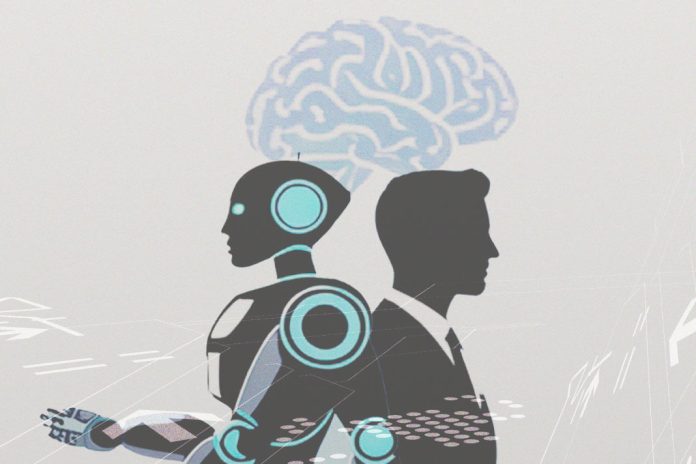Salesforce CEO Marc Benioff recently claimed that artificial intelligence now performs “30 to 50% of the work” across his company. He’s not alone. Executives at Microsoft and Google have reported similar numbers suggesting that AI tools are already responsible for nearly one-third of enterprise productivity in certain teams.
These claims, while headline-grabbing, raise deeper questions: What types of work are actually being delegated to AI systems? How is that impact measured? And what does “doing the work” really mean in technical terms?
For engineers, architects, and data leaders, the answers matter. Not to temper hype but to build systems that scale with confidence, control, and clarity.
Let’s explore the state of agentic AI, distinguishing between what’s promised, what’s possible, and what’s truly happening beneath the surface of enterprise automation efforts.
Understanding the Layers of Enterprise AI Workflows
Agentic AI refers to autonomous systems capable of perceiving context, making decisions, and executing tasks. However, most deployments today fall short of true autonomy. The reality inside most enterprises is a mix of:
- Automation: At the simplest level, this includes rule-based robotic process automation (RPA) and other reactive bots that perform predefined, repetitive actions.
- Augmentation: This is where the majority of today’s “agentic” systems operate. They are powerful copilots that accelerate human workflows, such as summarising calls, writing code snippets, or surfacing insights from data. These systems offload cognitive tasks, freeing up knowledge workers for higher-order decision-making.
- Autonomy: This is the realm of true agentic intelligence, defined by capabilities like multi-intent chaining, inter-agent negotiation, and autonomous strategy adaptation. This level of AI is not yet widely deployed.
Now, none of these tasks equate to “jobs replaced.” Instead, they represent segments of workflows that are discrete, automatable steps falling into what Forrester terms cognitive offloading. These systems offload repetitive or data-heavy tasks, freeing up knowledge workers for higher-order decision-making.
The Real Constraints: Data, Design, and Decision Boundaries
Agentic systems only perform as well as their surrounding infrastructure. True autonomy demands:
- Access to accurate, unified data (beyond siloed CRM or ticket logs)
- Decision authority within defined business rules
- Observability frameworks to monitor action chains and rollback errors
In most companies, these constraints are far from resolved. Governance policies, API maturity, risk tolerance, and data accessibility all limit the scope of what AI agents can reliably handle.
Even in tech-forward environments, only a fraction of workflows can be entrusted to AI without human review. Claims of “50% automation” often aggregate microtasks, which may overstate AI’s actual contribution to strategic outcomes.
These constraints are architectural bottlenecks that define the limits of today’s AI deployments.
Automation Architecture: From Reactive to Proactive AI Agents
Enterprise-grade AI deployment is evolving from reactive assistance (rule-based bots, task automation) to proactive agency, where systems initiate actions based on context, probability, and user modelling. However, enabling true agentic AI requires:
- Unified data layers with permission-aware architecture
- Robust API orchestration between microservices and external platforms
- Human-in-the-loop frameworks for oversight and correction
- Policy-based governance layers to control decision thresholds
What Enterprises Need to Get Right Next
Salesforce’s claim may reflect where the industry is heading but it also highlights how loosely “AI at work” is defined. As agentic systems mature, organisations must confront foundational questions:
- What qualifies as autonomous work versus assisted automation?
- How should contributions be measured when humans and machines share tasks?
- And what technical and ethical frameworks are required to scale agentic AI without compromising oversight?
The narrative of “AI doing 50% of the work” is powerful. But today, the reality looks more like strategic augmentation than full autonomy. And that’s not a failure of AI, it’s a call for precision, design discipline, and better definitions.

